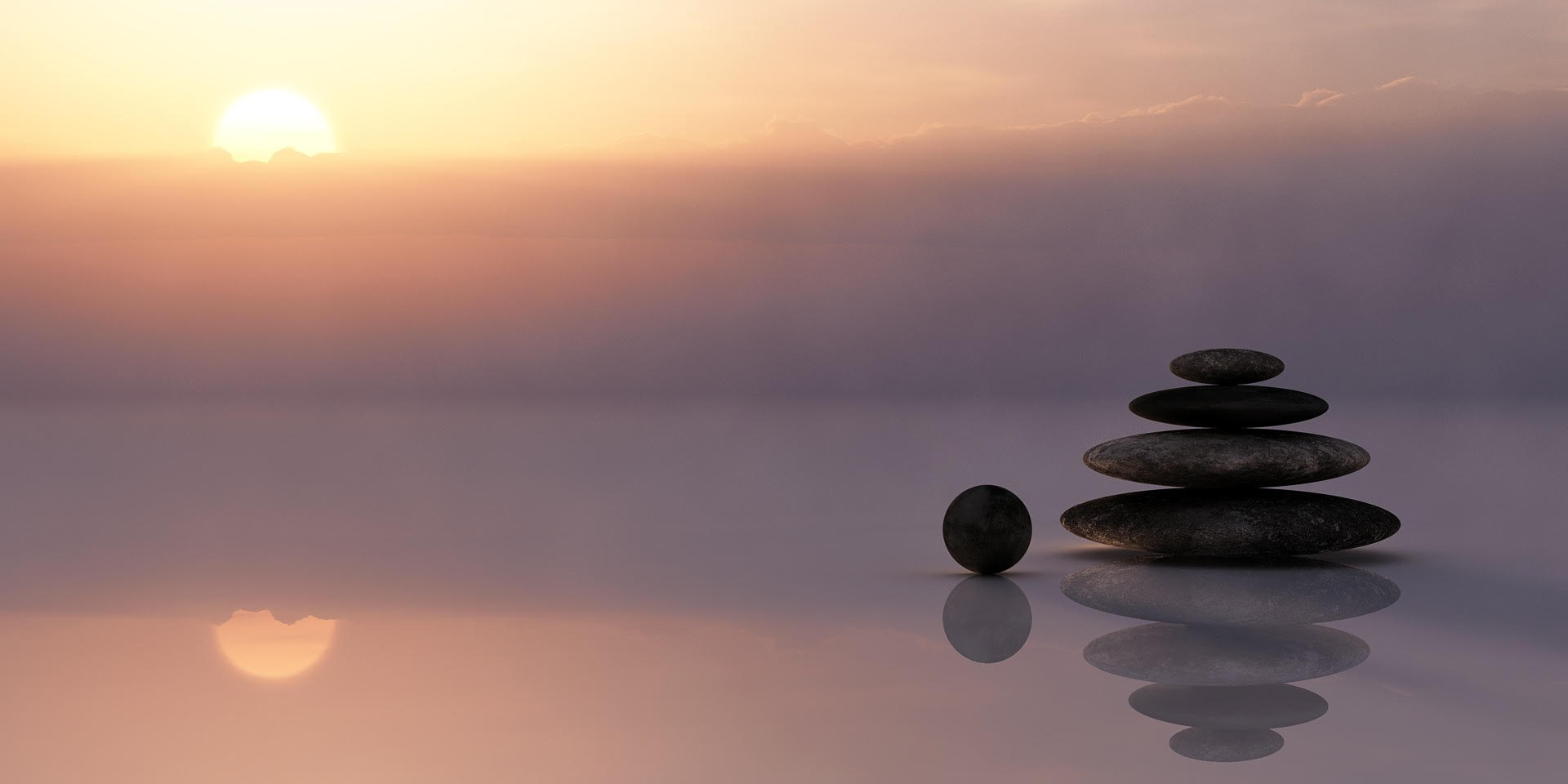In this video, you will explore what mindfulness means to you, gain techniques you can use to design a practice that reflects your lifestyle, and discover tools that support creating space in your routine to practice consistently and create a healthy habit.
Video Transcript
Many of you may be asking, what is mindfulness? Mindfulness is being aware of yourself, your situation, and your surroundings in a non-judgmental way. It is developing your muscle memory to feel, sense, and see what is occurring around and within you at any given moment.
Your mindfulness practice is what you make of it and what you need it to be in that moment.
Your practice can be as manageable as a breathing exercise, taking three deep breaths when you get into your car, into your workspace, or before walking into a big meeting. This application is designed to break state or interrupt your thought process, slow your breathing, and allow you to reset or reboot.
Mindfulness can also include creating heightened awareness as you make your coffee in the morning, wait in line at the store, take a bath, or on your drive home.
You may also consider integrating universal mindfulness expressions like yoga and meditation.
Yoga was my first introduction to mindfulness. I was in my twenties, responsible for a team of high performing sales professionals in a competitive work environment when I started experiencing high levels of anxiety. At first, I didn’t recognize I was stressed out, feeling anxious and a full-blown insomniac. I honestly thought it was what everyone experienced working in high-stress positions.
One day I woke up and realized I didn’t like how I was showing up to my team, peers, friends, family, or myself. Fortunately, an introduction was made to a fantastic yogi who integrated meditation into the yoga flow. The balance of intense energy from yoga poses and learning how to slow my racing thoughts helped lower my anxiety. My practice demonstrated another way for me to be. Consequently, I developed intrinsic coaching and leadership skills, my team achieved the top 2% of the company sales results, and my confidence grew.
This validated the positive impact I experienced with mindfulness. I didn’t lose my edge; I designed a different edge rich with possibility.
Meditation is a form of mindfulness that creates space for you to be still and recognize what emotions or feelings are present to you. There are many forms of meditation including sitting, standing, walking, or lying down. Some people like to create a morning or evening meditation ritual or find a peaceful setting to explore their mindfulness. Creating a routine and consistency will help you be conscious of your thoughts.
This level of awareness can support informed response versus reacting negatively to people or situations.
Dr. Richard Davidson is a pioneer in studying the effects of mindfulness and he has found those who meditate have greater activation in parts of their brain responsible for:
- Focusing attention
- Regulating emotions
- Self-awareness
- Empathy
- Compassion
- Optimism
- Resilience
Your mindfulness practice may include any and all forms that were previously described, or it may be something completely different. The beauty of self-care is that it is designed for what you need at that moment. Consider starting a 30-day mindfulness practice. Start by focusing on an intention or mantra, or your breath exercise, it only take minutes a day. Incorporate mindfulness into your drive or ride into work by thinking of one thing you are grateful for at every stoplight. Download a mindfulness program or app to support your journey. Write one sentence about what happened to you that was positive each day.
Take one moment for you, because you matter!
